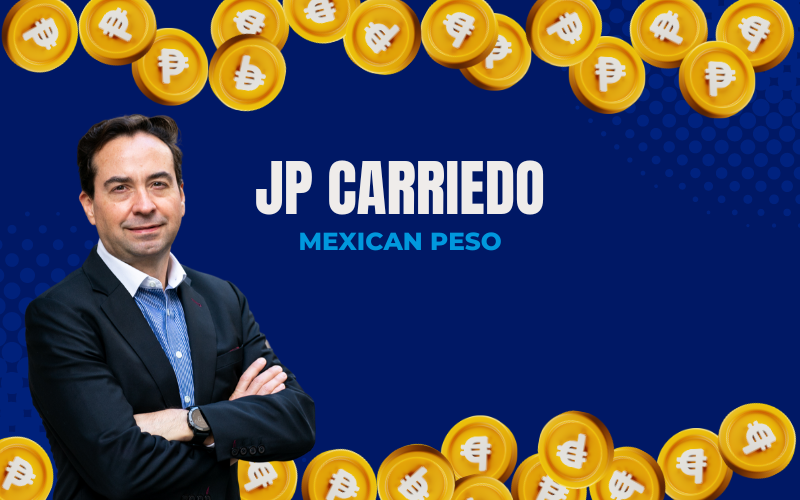The U.S. dollar saw a decline this morning as market participants anticipated Federal Reserve Chair Jerome Powell's speech at 10 AM, which may provide clarity on the future of interest rate cuts.
Overview
The Buck’s movements are closely tied to the Fed’s monetary policy, and the current market consensus is leaning towards a rate cut by about one percentage point this year. The recent stabilization in the bond market and a rebound in stocks have set the stage for Powell’s address, which could confirm a rate cut in September and offer insights into the pace of future cuts. The market is balancing the risks of inflation and employment, and Powell’s assessment will be critical for the USD’s trajectory. A survey suggests that 60% of market participants expect Powell to signal a 25 basis-point cut, with potential neutral or risk-on reactions in the market.
In the broader financial landscape, the S&P 500 futures have risen by 0.6 % and Nasdaq 100 contracts by 0.9%, indicating a positive sentiment in equities. Meanwhile, Treasury 10-year yields have dipped to 3.83%, reflecting the bond market’s anticipation of Powell’s speech. Corporate earnings and forecasts, such as those from Workday Inc. and Cava Group Inc., are also shaping market sentiment. As Powell steps into the spotlight, his words will be pivotal for FX flows, with the potential to bring surprises that may affect various asset classes.
What to Watch Today…
- Monex USA Online is always open.
MXN ⇑
The Mexican Peso has experienced a significant drop for the week while climbing against the Peso at the time of writing in anticipation of the Jackson Hole talk. MXN has been leading the decline in Emerging-Market currencies ahead of Federal Reserve Chairman Jerome Powell’s speech. The Peso’s fall comes amid a broader risk-off sentiment in the market, with traders awaiting cues from U.S. policymakers on the extent of the anticipated borrowing cost reduction. The currency’s decline was exacerbated by data indicating that high interest rates are dampening Mexico’s economic activity, with inflation slowing more than expected in the first half of August and weaker-than-forecast economic activity data for June. This downturn has resulted in a 13% plunge in the Peso since the June elections, marking it as one of the worst-performing currencies globally. The persistent slide has been challenging for investors, with notable firms like Goldman Sachs and Citi closing their positions on the Peso.
EUR ⇑
The Euro rallied robustly throughout August, reaching a one-year high against the U.S. dollar, but the upcoming speech by Federal Reserve Chair Jerome Powell could abruptly halt this momentum. The Euro’s strength has been fueled by market bets on the Fed’s interest rate cuts, with money managers and Robo-traders actively buying up the currency. However, as central bankers gather at Jackson Hole and Europe’s growth is still sluggish, there are concerns that the Euro’s gains could reverse. Strategists warn that if Powell or his colleagues suggest that U.S. rates will remain higher relative to Europe, where rate cuts have begun, the dollar’s appeal could be bolstered.
The Euro’s rally, which has seen a 3% increase since the start of the month, maybe more reflective of its liquidity rather than a fundamental shift in the region’s economic outlook. With signs of economic trouble across the eurozone and confidence in Germany waning, the European Central Bank is expected to resume policy easing next month.



